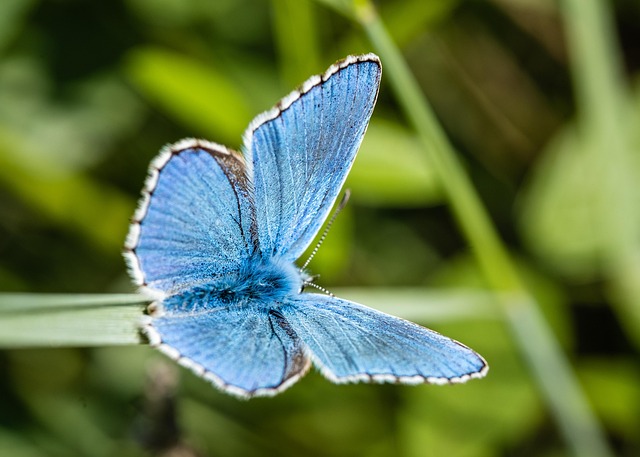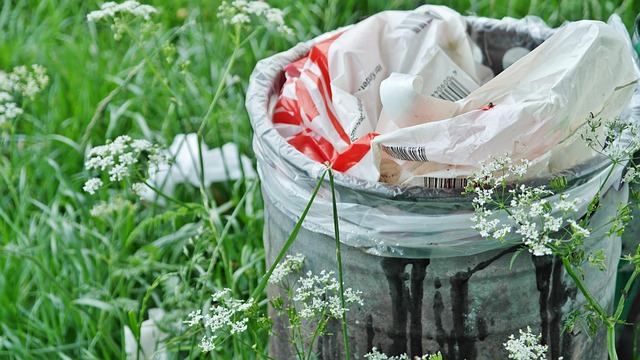In today’s fast-paced urban life, it can often feel like we are disconnected from the natural world that surrounds us. However, the rise of urban community biodiversity initiatives is bridging that gap, allowing city dwellers to reconnect with nature and cultivate their own green spaces right in the heart of bustling neighborhoods.
Urban community biodiversity is not just a buzzword; it’s a movement that enhances our environment while promoting sustainability. By integrating gardens into urban settings, we create havens for various plant species and wildlife. These green oases contribute significantly to the ecological health of our cities, providing habitats for pollinators like bees and butterflies, and helping to filter air pollutants while reducing temperatures in urban heat islands.
Embracing gardening within our communities allows us to celebrate biodiversity and nurture our relationship with the environment. Whether it’s a community garden, rooftop plants, or vertical gardens on apartment balconies, these green initiatives create spaces where residents can grow their own food, cultivate native plants, and support local wildlife. Imagine spending weekends planting vegetables with neighbors or gathering to savor the fruits of your labor—literally!
Moreover, engaging with nature through gardening fosters a sense of responsibility towards the environment. As we grow plants, we learn about the ecosystems that support them, becoming more attuned to the delicate balance of nature. Workshops on composting, rainwater harvesting, and organic practices not only enhance our gardening skills but also equip us with the knowledge to lead greener lifestyles.
Eco-friendly community gardens and green spaces promote social interaction as well. They serve as gathering points for residents, allowing people from diverse backgrounds to come together, share tips, and collaborate on projects aimed at enhancing their urban habitats. This sense of community is vital in fostering a culture that prioritizes sustainability and caring for our planet.
Urban community biodiversity initiatives play a critical role in combating climate change. Green spaces in cities help sequester carbon, mitigate flooding, and improve air quality. As we plant trees and cultivate native flora, we contribute to a resilient urban ecosystem, making our cities not only livable but also flourishing environments for future generations.
So, whether you’re a seasoned gardener or just starting your journey, consider how you can contribute to urban community biodiversity. Engage with local initiatives, volunteer at community gardens, or start your own plants in your balcony. Together, we can create vibrant green spaces that inspire connection, learning, and a deep appreciation for the intricacies of nature right in the middle of the urban landscape.




